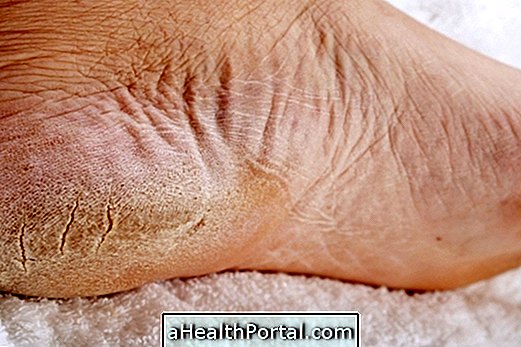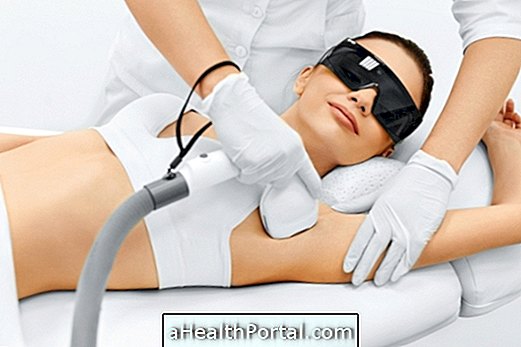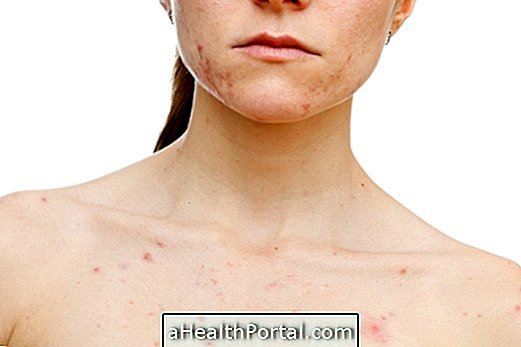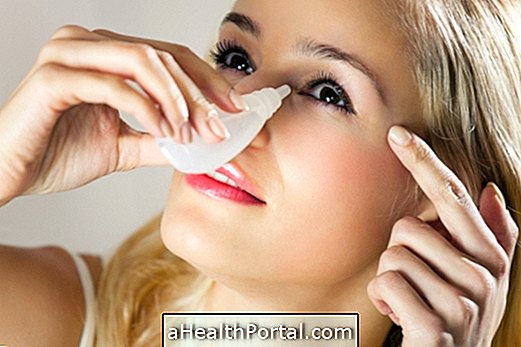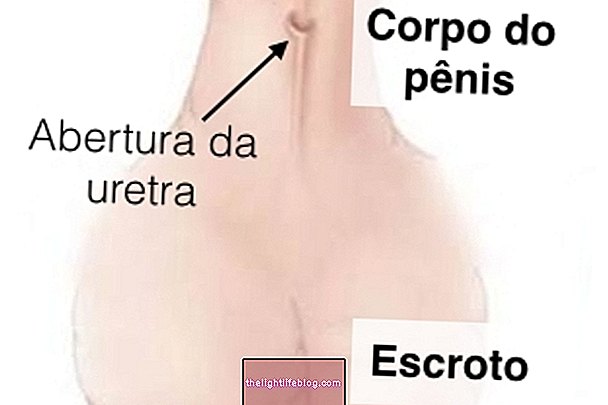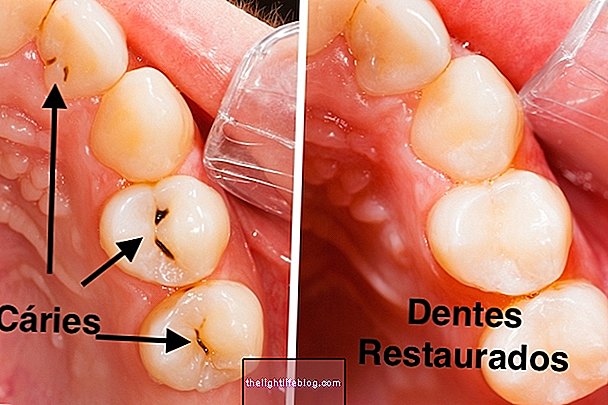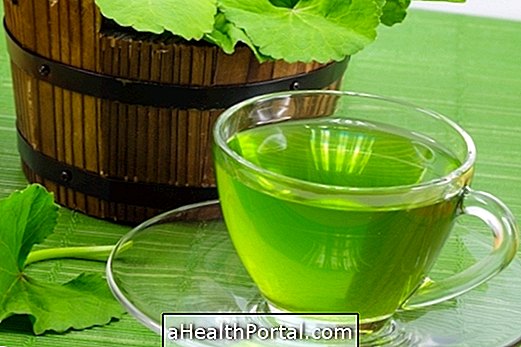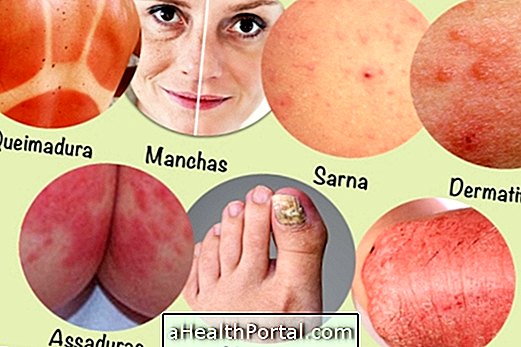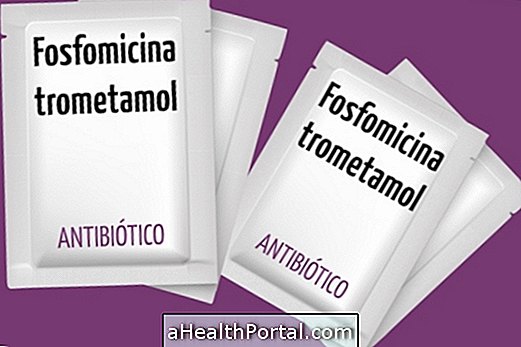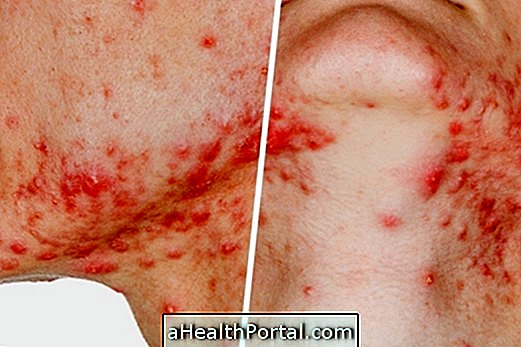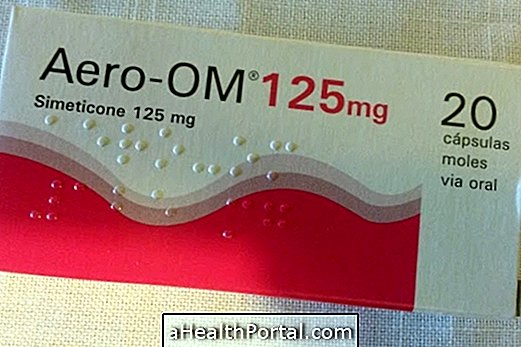Microdermabrasion is a non-surgical exfoliation procedure that aims to promote skin rejuvenation from the removal of dead cells. The main types of microdermabrasion are:
- Crystal peeling, in which a small suction device is used which removes the most superficial layer of the skin and stimulates the production of collagen. Understand how the crystal peeling works;
- Diamond peeling, in which a deep exfoliation of the skin is made, being efficient for stain removal and fight against wrinkles. Learn more about diamond peeling.
The procedure can be performed by a dermatologist or dermatofunctional physiotherapist through a specific apparatus or through specific creams. Usually 5 to 12 sessions are required, depending on the purpose of the treatment, each with an average duration of 30 minutes, in order to have the desired result.

What is Microdermabrasion for?
Microdermabrasion can be performed to:
- Smooth and smooth fine lines and wrinkles;
- Lighten pigmentation spots;
- Eliminate small stretch marks, especially those that are still red;
- Eliminate acne scars;
- Decrease other skin imperfections.
In addition, it can be used to treat rhinophyma, which is a disease characterized by the presence of masses in the nose, which, when in large quantity, can cause nasal obstruction. See the causes and main symptoms of rhinophyma.
How is it done?
Microdermabrasion can be done with an apparatus that sprays aluminum oxide crystals onto the skin, removing its most superficial layer. Vacuum suction is then performed which removes all residues.
In the case of microdermabrasion performed with creams, simply apply the product in the desired region and rub it for a few seconds, then wash the skin. Usually dermabrasion creams contain crystals that stimulate the microcirculation of the skin and remove dead cells, giving a healthier appearance of the skin.
Microdermabrasion can be done on the face, chest, neck, arms or hands, but this procedure may require several sessions to have a satisfactory result.
Homemade microdermabrasion
Microdermabrasion can be performed in a homemade way, without the use of appliances replacing it with a good exfoliating cream. Good examples are Mary Kay's TimeWise cream and Vitactive Nanopeeling Microdermabrasion Cream in 2 Steps of O Boticario.
Care after microdermabrasion
After microdermabrasion it is important to avoid sun exposure and use sunscreen. In addition, it is not recommended to pass any product or cream on the face that is not recommended by the professional, since it can cause irritation to the skin.
After the procedure it is common that there is mild pain, small swelling or bleeding, in addition to increased sensitivity. If skin care is not followed as recommended by the dermatologist or dermatologic physiotherapist, there may be darkening or lightening of the skin.

